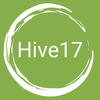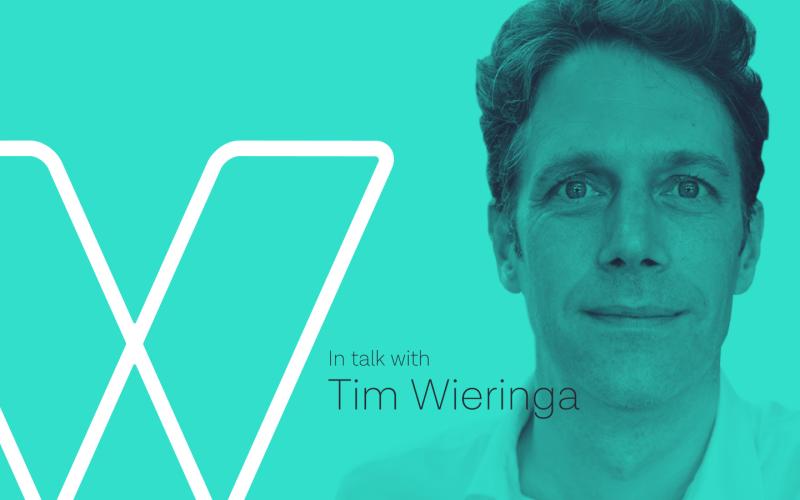|
A special year is coming to an end and I want to thank all my families, friends, network and followers for your encouragement, conversations and learning opportunities. Despite all the difficult moments, I think I have been lucky and grateful of all the things that have happened - maybe it is by choice?
The New Year is coming and if we can predict one thing, it will be different from the past. Will it be better? I think, this depends on what we make out of it, right? For myself and for all the great people around me, I wish that we are getting ready for what will come. First, I think we will need curiosity to discover the opportunities; we want to understand our passion that gives us a big picture direction. And then, let's start with small steps towards this collective dream, and building together with our network of people. Wish you a fantastic start of the New Year!
0 Comments
In the last few weeks we all observed a sentiment of fatigue. Many of us feel exhausted of what the year 2020 brought to us and are craving for the festive break. Why did this happen?
From my perspective, I can see two things that have contributed to this feeling of wanting to pause. One is external; the continuous uncertainty of what is coming next. The widespread consequence of the reaction to the pandemic has created big shifts on the economy, how we work and how we interact with our family and friends. The second element is more internal; due to the environment, many of us reacted with activism directed at keeping the lights on, stemming the impressions and impact from the ecosystem, and simply putting the head down and keep running. In this situation many of us stopped pausing and reflecting on the bigger picture. Budgeting and forecasting were not done properly because the felt meaningless. Any long term plan was avoided because we were in survival mode. Today, when I look back at the last 12 months, I can see many accomplishments and great opportunities for the future. We have learned about many new possibilities which we can leverage. For example, focusing on the essence when forecasting, improving the way we discover the needs of our customers, crating flexibility how we are working, strengthening the work environment with a focus on the value of our people, and connecting to friends in a more meaningful way. Last month, McKinsey published an article - Overcoming pandemic fatigue: How to reenergize organizations for the long run - that outlines five key points how we can go "beyond grit and perseverance". Which was for me a reminder of the relevance of the Wheel of Antifragility we at Hive17 Consulting have developed.
We believe that these four pillars establish an environment and a culture that enables short-term benefits that evolve into lasting success. How are you looking forward into the New Year? Keeping traditions... Huntsman's technical campus in Shanghai celebrated again an Innovation Day last week. This is the third iteration since I met the local leadership team in 2015 and a great routine to keep.
In my recent experience, many companies and teams are pushing for daily delivery without pause and reflecting are we running in the right direction and are we using the right gear. And I am observing that only after a few months in this mode, teams are getting exhausted. The Innovation Day in Shanghai is reversing this trend and the leadership team understands the wider purpose and benefits of such an event:
Thank you Enshan, Renyi and Stella to keep this tradition alive! Great to read the outcome of an interesting conversation with Rachelle Lee and Michael Zimmel about how innovation and creativity can shape the way finance professionals are looking at their work.
One key pillar for success is understanding how we are creating value for our customers. This starts with exploring who we are creating value for. And then get inspired by their needs and insights. Where are the pain points and how we can we make these groups of people successful. In the past, finance professionals were routinely creating standard reports piling up lagging financial indicators. In today's ever-changing, complex world this is not creating value. I suggest to look at leading indicators that we can directly influence and have an impact on the success we are aiming for. We can see a huge potential for finance teams to tremendously increase the value they can create for their 'customers'. Read more in this interview: The Changing Mandate of Finance. Last month I asked the question if we are busy or productive. Today, I want to share how this works in practice based on 'Thriving under Pressure' workshops we conducted. At the start, it is important to note that we are not trying to reduce the pressure - here is why.
The first question we asked ourselves, where does pressure come from? The answers clearly indicated that the pressure is created mostly by externalities: competing priorities, work-life balance, various stakeholders, etc. This means, we can't simply take away that pressure. Though, there are means to reduce the stress that this is causing. One interesting source of pressure shows a different light on the challenge: 'high expectation from myself'. And yes, that is the one part of the pressure we can influence. But how? In the previous post we talked about: know your priorities, big rocks first, experiment and reflect & energise. How did we apply these in the context of our daily work? Here some thoughts and suggestions:
How are they linked to antifragility? Hive17 Consulting works with four pillars that are spinning the wheel of antifragility: purpose, customer value and experimentation are defining how we are setting our priorities and executing based on them. The fourth pillar is the foundation: the relationship bonds are crucial to maintain positivity and a healthy way to collaborate in environment of crisis. How do you apply these elements to stay productive? We heard this a lot - especially in the current pandemic: stress is causing our brain to react with flight, freeze, faint or fight. And this reaction is blocking our creativity and problem-solving capability. Stress can come from so many directions: uncertainty, feeling threatened, lack of job security, work overload, lack of control, feeling insecure, feeling lost...
Neuroscience tells us that a positive emotional state restores this creative thinking which allows us to solve problems and accelerate the much needed innovation. As a leader, we can switch the work environment from one of fear & challenges, to one where we can discover great opportunities. This will also strengthen trust and self-esteem. Here is one surprising source for this positive environment. According to this IMD article is humour! Feena May describes in The incredible lightness of being: use humor to inspire your team during a crisis "humour as a leader's capacity, ability and willingness to share themselves in service of the situation" with lightness of spirit, kindness and presence. As so often, the intent is important. We want to use humour in order to enlarge and open the space between people; take them out of their shells and caves and bring them together with purpose and fun. Humour is not the same as jokes; these are often making fun of a certain group of people, which is counter-productive. The silent clown can be an inspiration; the apparently simple acts of holding space, creating connection and encouraging exchange. And often, a simple smile and light-hearted comment by a leader can create positivity which removes the stress and uncertainty. Feena mentions three reflection points:
There are many ingredients to accelerate excellence, drive productivity and strengthen innovation. One of them is humour which creates fun and collaborative environment based on positive leadership. |
Subscribe
Receive our monthly themed summaries of our thoughts: click! TimTim is a change practitioner in the area of innovation and excellence. He is working with teams to accelerate innovation, collaboration and agility. Categories
All
Archives
July 2024
|







 RSS Feed
RSS Feed